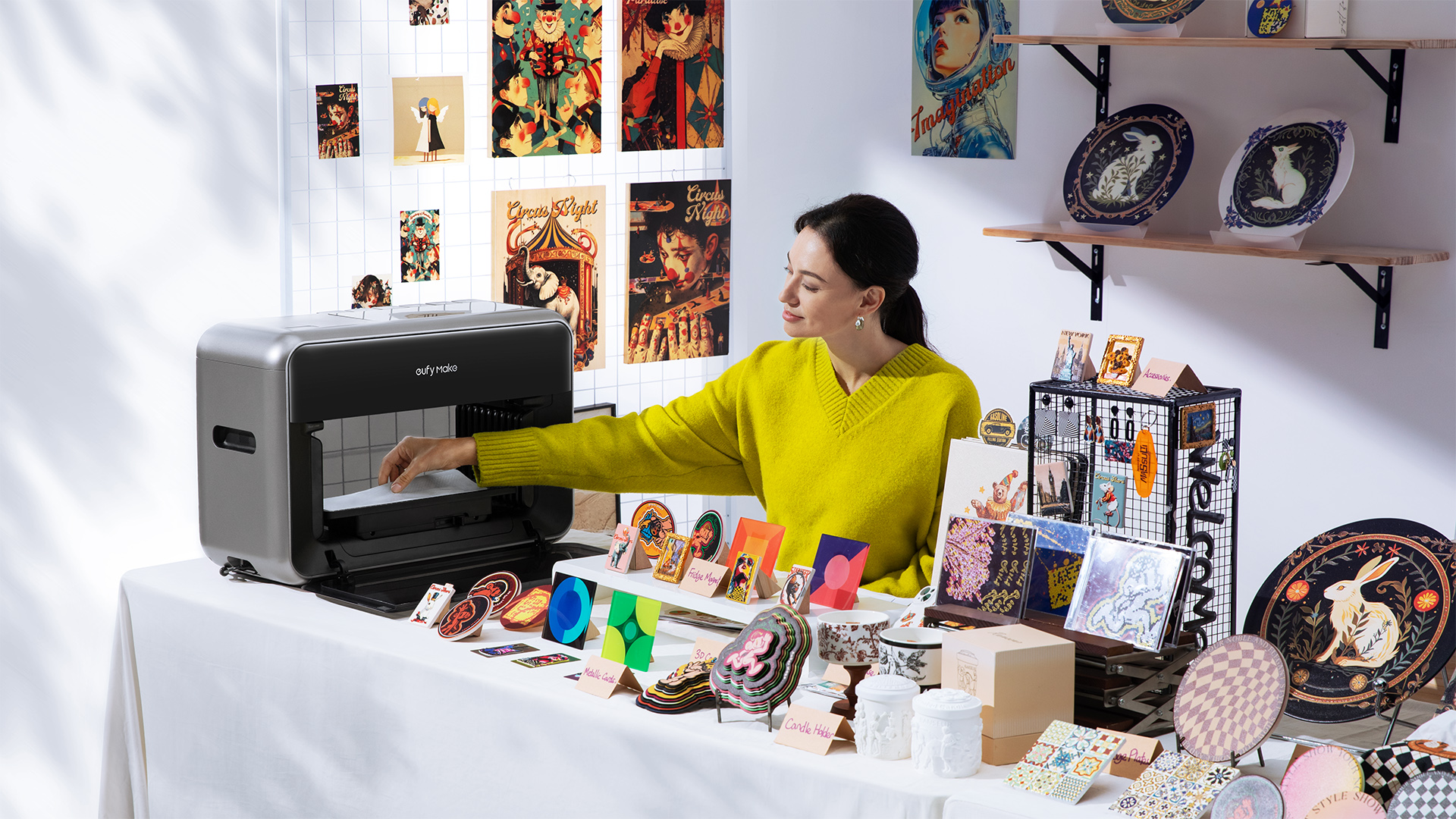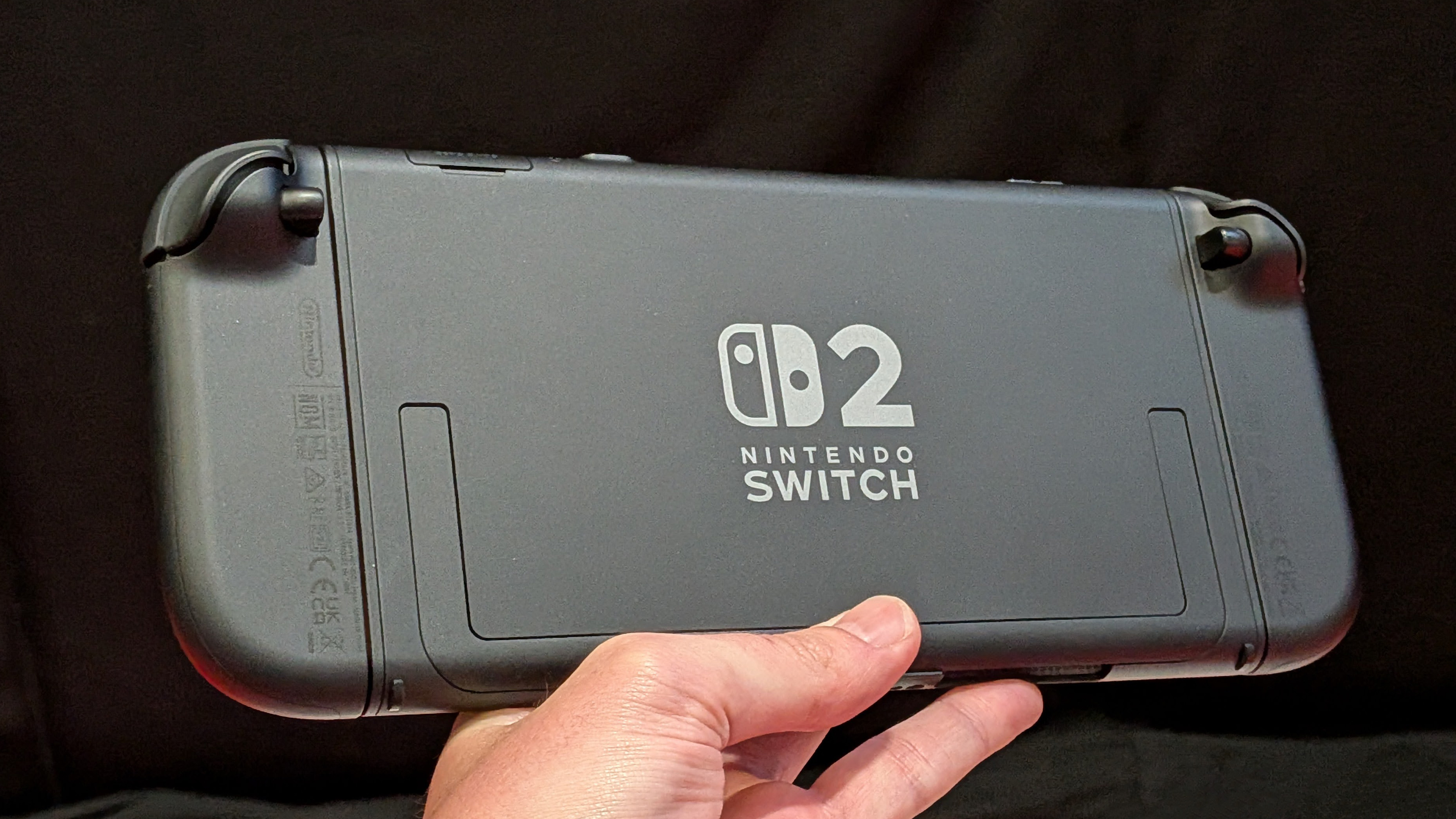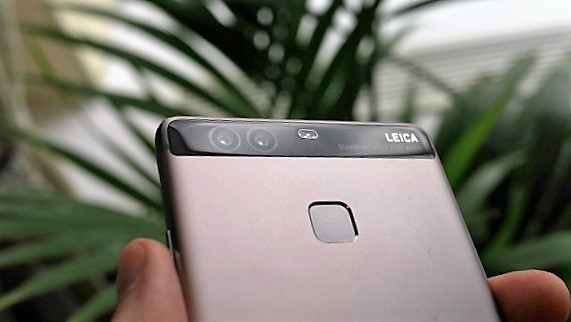
The next iPhone is going to be revealed this week but of course there have already been mockups emerging of the Plus model featuring a dual camera setup.
There's only been a limited amount of smartphones that have featured dual cameras - after all, manufactures are working hard enough at getting one lens to deliver the best picture quality. But here's why dual camera phones are the future of smartphone photography.
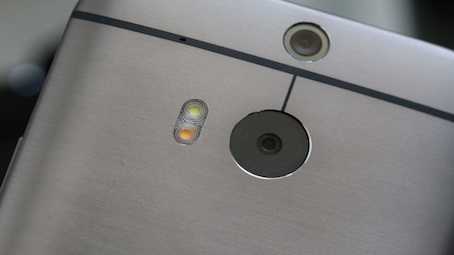
One sensor for the main image and one for the detail - dual cameras never usually have two of the same sensor
Greater quantity doesn't always mean better quality, but in the instance of smartphone picture taking having a secondary lens to capture extra information delivers a better photo. In the next couple of years we're going to see more and more flagship smartphones take on a dual camera system.
Most phones that have dual cameras never have two lenses that are exactly the same. The main lens is usually accompanied by another that's there to capture extra detail that the regular lens wouldn't. The secondary camera can also take a slightly different image, perhaps at a different angle, before the two are then stitched together using the phone's software to create the final image.
Dual cameras aren't a new phenomenon, believe it or not one of the first smartphones to feature a dual camera lens was the HTC Evo 3D back in 2011. Funnily enough this phone did feature two identical cameras on the back that took two images at different angles and combined them to create a 3D image that you could view on the glasses free 3D screen the phone featured.
Of course 3D turned out to be a short lasting gimmick, but five years ago manufacturers were already using dual cameras to add some interesting functionality to smartphones.
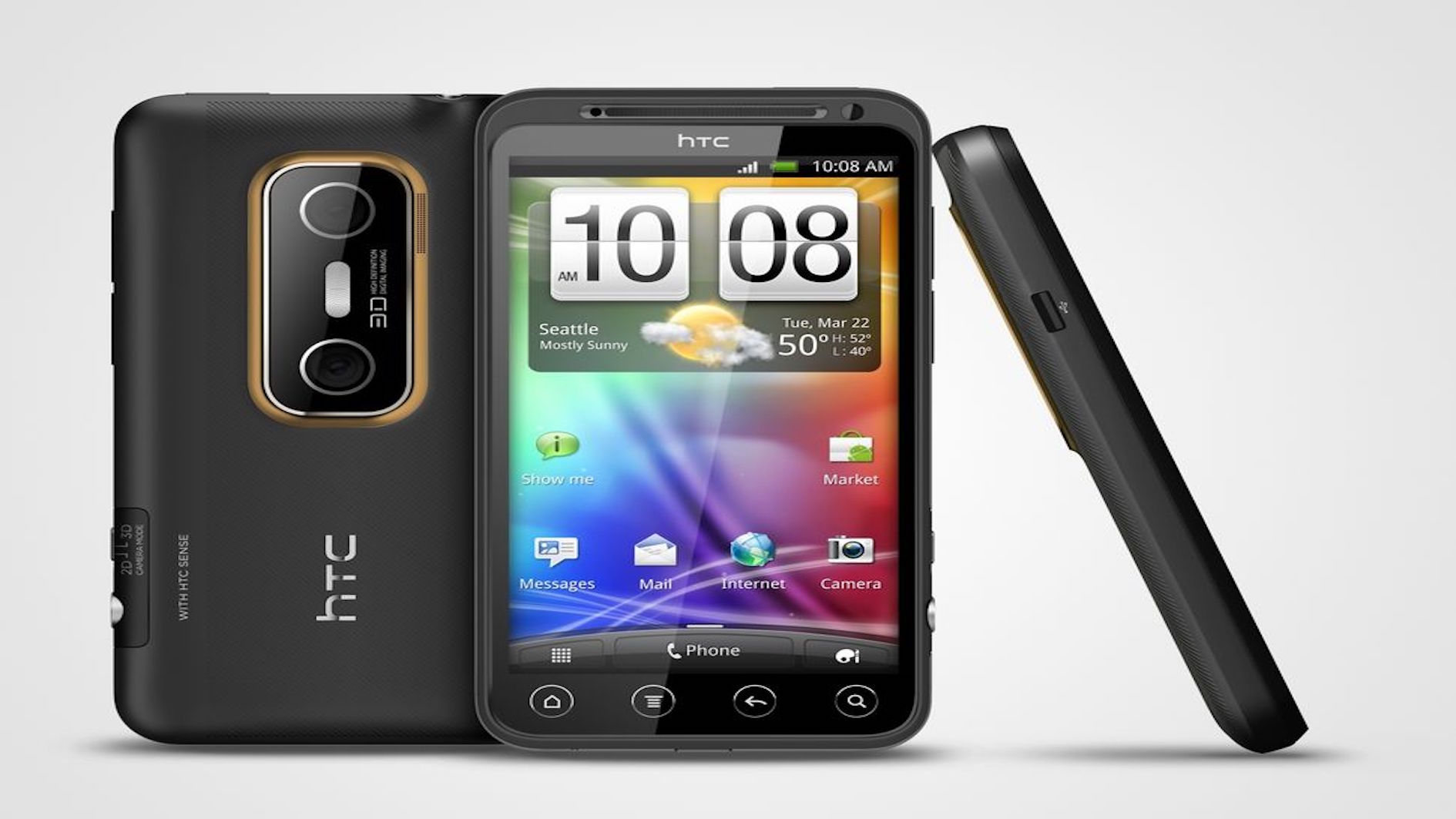
The HTC Evo 3D was the first smartphone to feature a dual camera - look at the size of it!
A couple years ago HTC released the One M8 phone that also featured two cameras — you may remember it featured a 4 megapixel sensor on the back and a second camera to take in depth information of everything in the picture. This way the phone new what was in the foreground and the background of the picture and allowed you to apply some pretty nifty software tricks to create a bokeh effect with either the subject in front or the background.
Sign up to the T3 newsletter for smarter living straight to your inbox
Get all the latest news, reviews, deals and buying guides on gorgeous tech, home and active products from the T3 experts
There's currently two big phones on the market that feature dual cameras: The LG G5 and the Huawei P9. Both companies actually worked with Google on the latest Nexus phones before both bringing out smartphones of their own with dual cameras — what do they know that nobody else does I wonder?
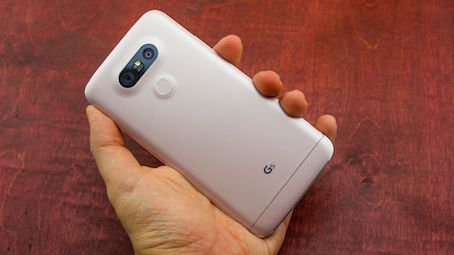
The LG G5 features a second camera with an ultra wide lense
The G5 features a 16 megapixel camera with a regular field of view but its secondary camera is packed with a 135 degree wide angle lens that allows you take awesome wide shots. You can switch between a standard field of view and the wide angle lens on the fly with the G5 depending on what your subject is. The two cameras don't exactly work together to create one image, but it's pretty awesome to be able to change between the two depending on circumstance.
What's most interesting about dual camera phones is that there doesn't seem to be one universal way to use them. The Huawei P9's secondary sensor is a monochrome sensor, meaning it's like a black and white camera, but because there's less colour information that needs to be taken in it means this second camera focuses on detail and sharpness. The RGB image and the black and white one are then stitched together to create the final product.
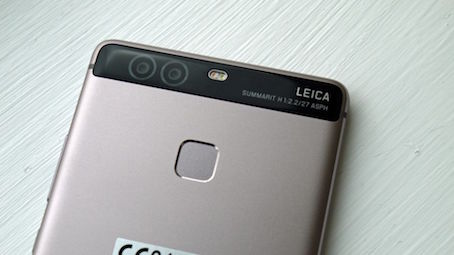
Soon dual cameras will be as normal as dual core processors
So there's not actually one specific reason why smartphones have dual cameras — they can be used for a myriad of different functionalities but the overall goal is to make every photo look better. We seem to be hitting the limits of what one sensor can do on phones that are ridiculously thin. In a few years time dual cameras will be the norm, the first step of that is with Apple adopting it for the iPhone 7 Plus.
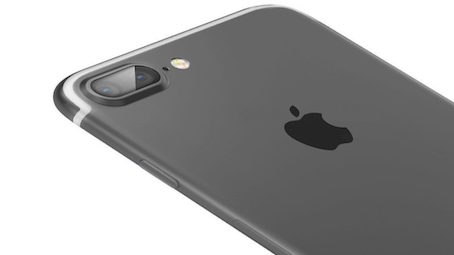
What the second sensor will be used for still remains a mystery — dual cameras are no where near being used to their full potential. The dual camera on the Plus version of the next iPhone seems to be the biggest feature hitting the new flagship.
Let's see just how innovative Apple can be with an extra sensor on the back of their latest phone.
Read more: iPhone 7 deals: how much will Apple's new iPhones cost you?
